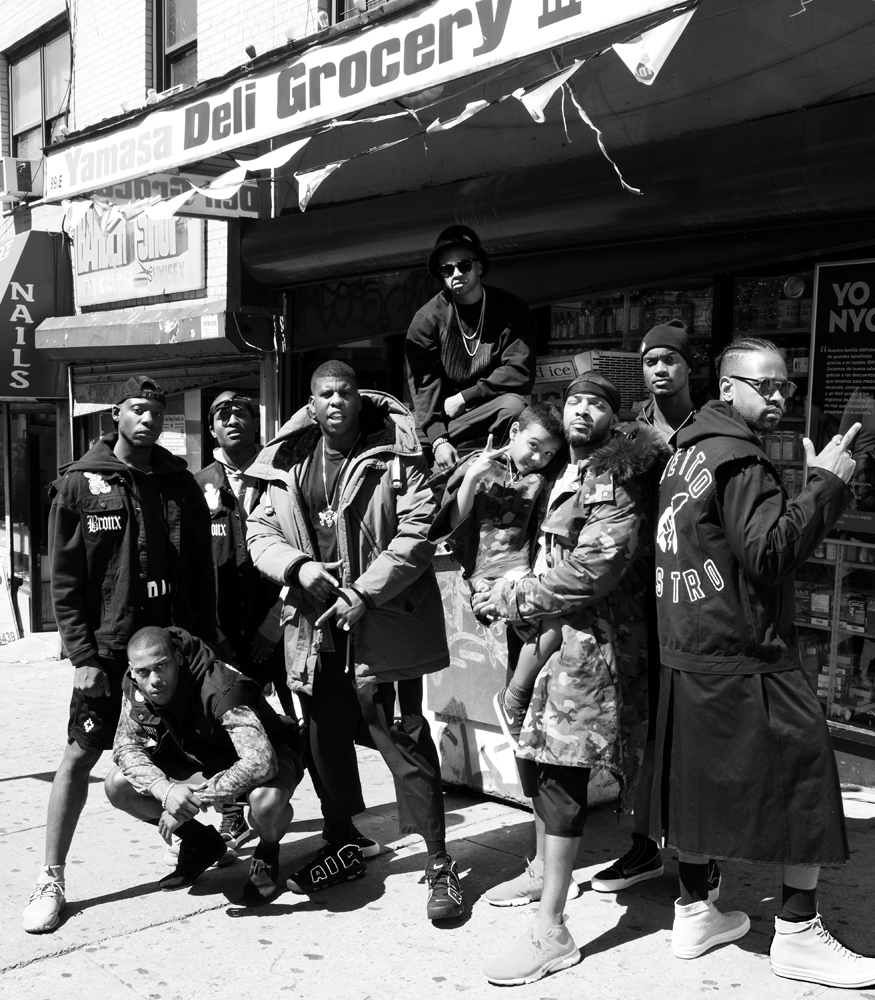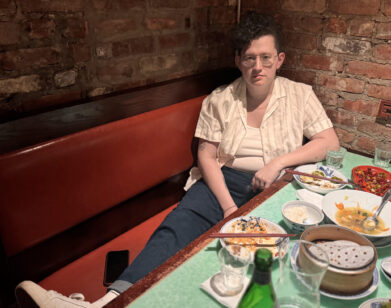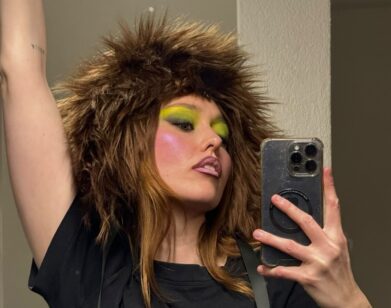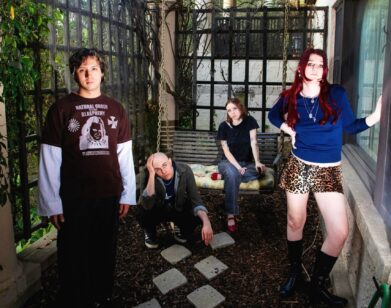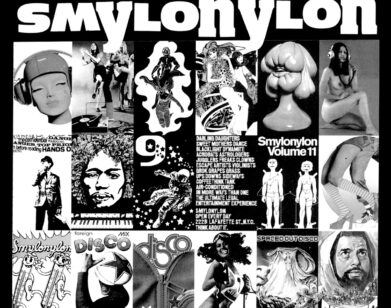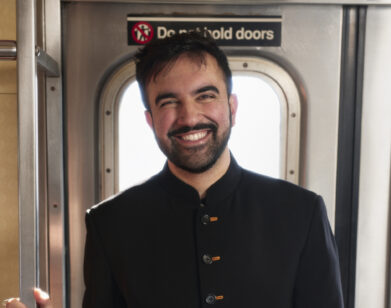Ghetto Gastro
For all the South Bronx’s contributions to New York’s cultural fabric (the birthplace of hip-hop and salsa music), the neighborhood today often gets overlooked: beloved, maybe, but only from afar. “It’s time for the empire to strike back,” Jon Gray said recently. Gray, 30, is a Bronx native and ringleader of Ghetto Gastro, an ambitious cooking collective intent on fostering local talent and flexing the Boogie Down’s culinary prowess, fusing high and low culture and cuisine. The collective have lately become sought after for their elaborate dinners and parties in which they bring an immersive element to dining, even cooking Thanksgiving dinner in Paris for Rick Owens. “We’re not caterers,” Gray says. “The client caters to us.” As he describes it, Ghetto Gastro’s goal is to bring the world to the Bronx and the Bronx to the world.
The idea came to Gray four years ago. After a spell in the fashion industry (and before that, time spent hustling drugs), he reached a creative block. “I was like, damn, what do I love?” he recalls. “I kept coming back to food. So then it became: how do I make this my life’s work?” Instead of a traditional restaurant, he imagined something grander, and with a community-minded spirit. A core crew, several of them childhood friends, was assembled—Lester Walker, 35, who grew up with Gray in Co-Op City, and trained as a chef; Malcolm Livingston II, 30, a pastry chef from the Bronxdale Houses and Eastchester; and Pierre Serrao, 28, a chef who trained in Italy. “We form like Voltron—everybody has their own specialty,” Walker says. He calls himself the “finesse freestyler,” the person who adds a spontaneous flair to a dish, and describes Livingston and Serrao as the more technique-driven of the group.
Outside of the kitchen, the group has lofty ambitions for things like urban farming, education initiatives, television shows, and eventually, a brick-and-mortar space where food and culture can meet. Ultimately, it all circles back to empowering the Bronx from within. “It’s important to see people in the community moving and shaking, doing things in a nonconventional way,” Gray says. “We have to be the agents of change.”

